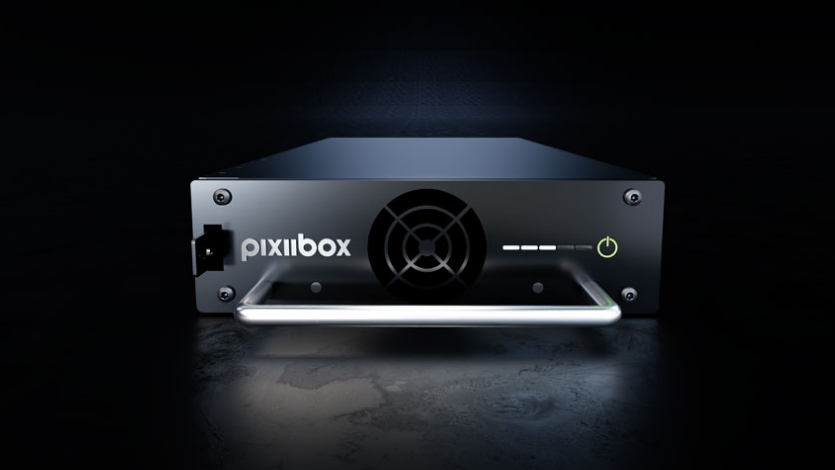Telecom operators are required to provide backup power to their networks for a certain period of time after a power outage, which can range from 4-8 hours or more for critical sites. This represents a significant investment that is often not fully utilized. However, there is a vast amount of energy storage available in telecom networks around the world that can be used to address local grid challenges.

By introducing bi-directional converters, telecom operators can not only ensure that their loads receive power, but also feed excess energy back into the grid, allowing these previously “lazy” assets to become more active and generate additional revenue. The PixiiBox power converter combines telecom power specifications with traditional energy storage, and has a built-in galvanic isolation feature to allow telecom equipment to be connected to the 48VDC (battery) side.
By aggregating their services and offering them to pools or entities dealing with energy trade, telecom operators can demonstrate their responsibility and commitment to a more sustainable future.
Quick to deploy and easy to scale
Pixii’s PowerShaper is a modular solution that can be customized to meet a range of power requirements, from 10kW to 1MW. The PixiiBox, a 3.3 kW bi-directional power conversion module, is the core of the PowerShaper system. Multiple PixiiBox units can be connected in parallel to achieve the desired capacity, and additional cabinets can be added as needed to increase power and energy storage.
The Pixii Gateway serves as the communication and control center for the PowerShaper system, connecting all elements within the system and allowing for system monitoring and advanced control. This enables both local flexibility and coordinated fleet management. The PowerShaper can also perform various services to support the grid or to reduce electricity costs based on internal measurements, set timing, or external signals.
Reduce cost and unlock the fexibility markets
One way that energy storage can be used to benefit telecom operators is by avoiding demand charges. These charges, which are based on the average maximum load over a short time period, can significantly impact an electricity bill. Energy storage systems can reduce the maximum power demand from the grid and minimize demand charges by providing power during peak times and recharging batteries during times of lower consumption.
In markets where the cost of electricity varies throughout the day, energy storage systems can also be used to shift “time of use” (TOU). Batteries can be charged when electricity prices are low and used to provide power when prices are high.
Solar powered facilities with excess energy production can also benefit from energy storage. By combining solar generation with energy storage, excess energy can be stored and used during times when solar production is low or when electricity prices are high. The Pixii Power Shaper can also provide AC backup power in the event of a power outage, ensuring uninterrupted power supply for telecom networks. By activating previously idle assets and utilizing energy storage, telecom operators can generate new revenue streams from flexibility markets, monetizing their system’s flexibility by selling stored energy or providing ancillary services like frequency regulation to the electricity grid.
In summary, bi-directional converters and energy storage systems present a valuable opportunity for telecom operators to activate their “lazy” assets and generate new revenue streams from flexibility markets. Not only can these systems help to reduce costs, such as demand charges, they also allow telecom operators to play a more active role in supporting the green energy mix and sustainability efforts. By aggregating their services and offering them to pools or entities dealing with energy trade, telecom operators can demonstrate their responsibility and commitment to a more sustainable future.

The versatility and scalability of these systems make them a valuable asset for telecom operators looking to optimize their operations and contribute to a more sustainable world.